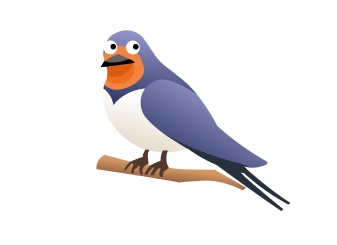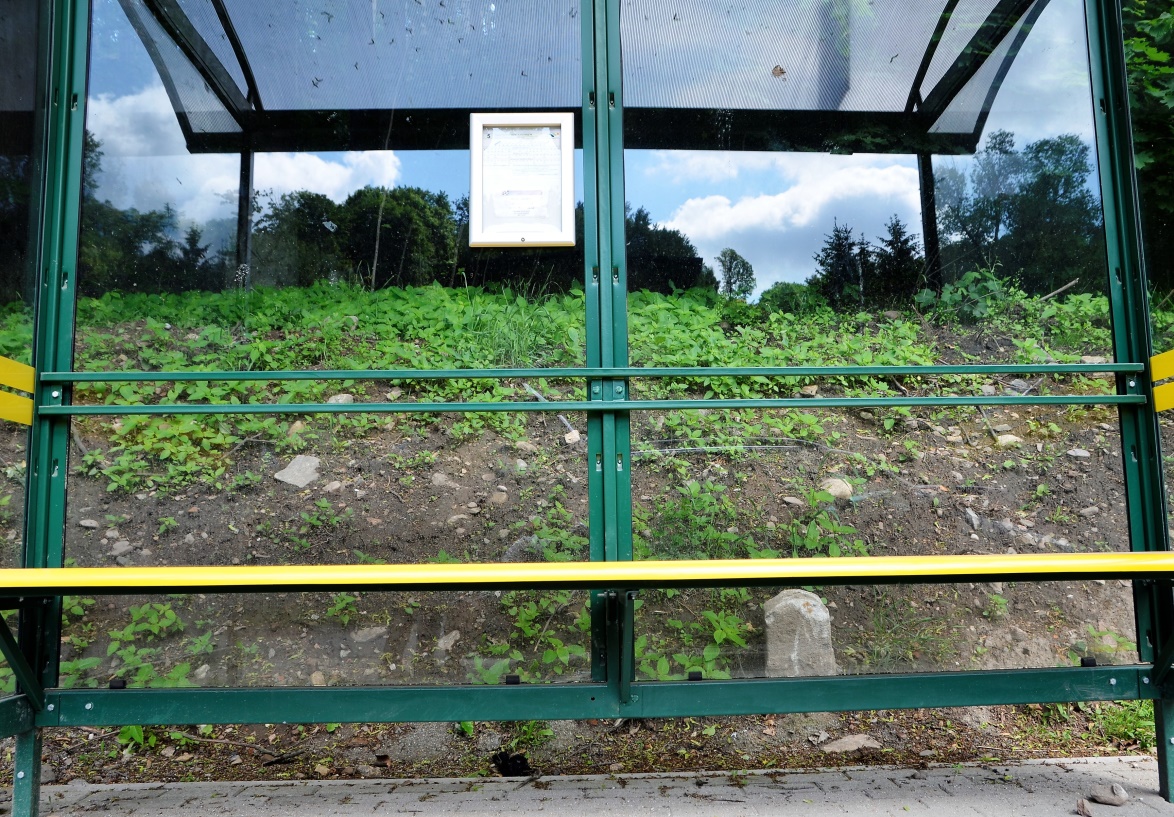

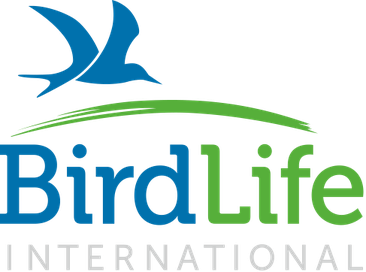


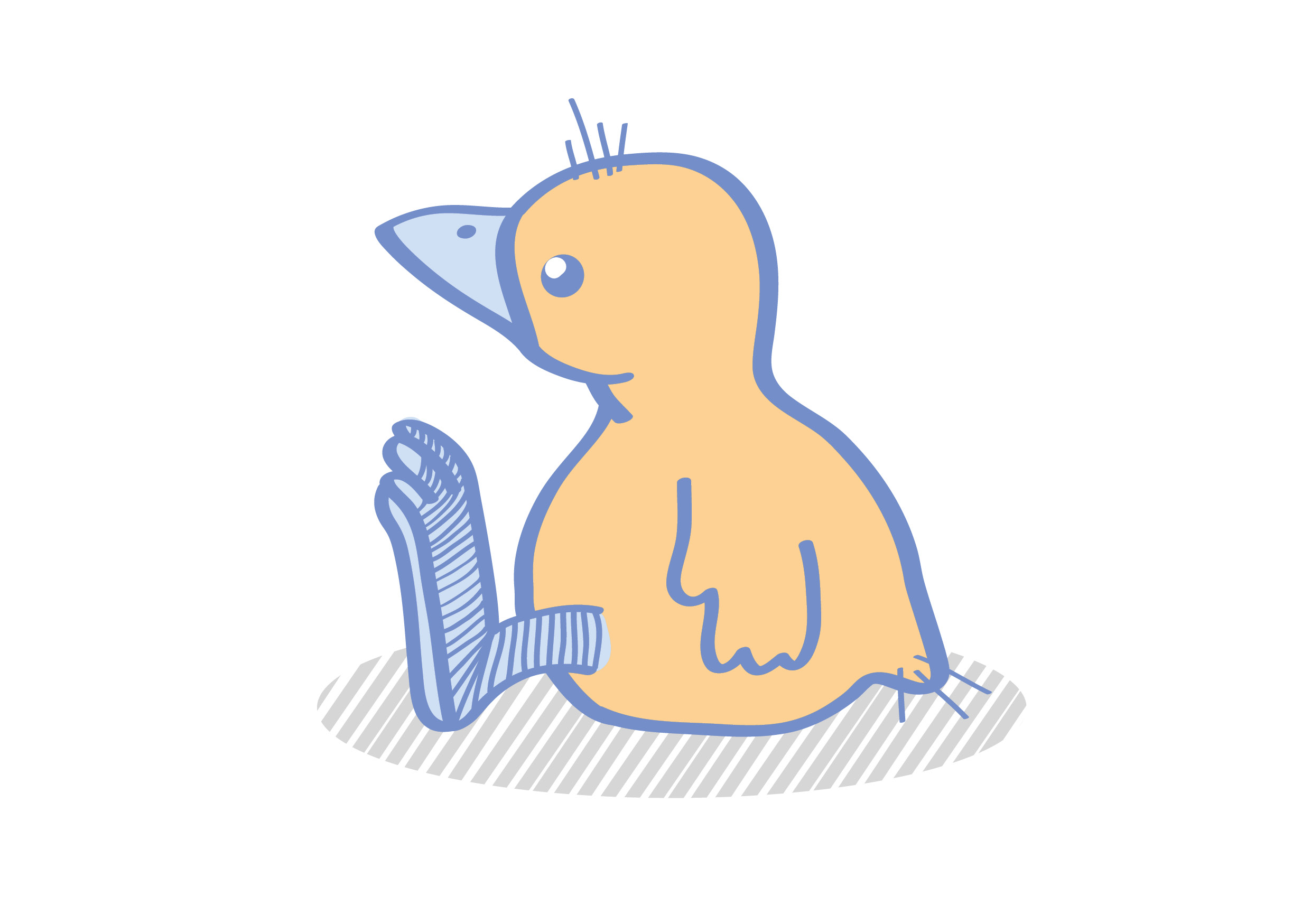
We see a baby bird on the ground and we think it is alone, helpless, small, cold, clumsy and fluffy… it is hard to resist the urge to rescue. But often people intervene when in fact most chicks are "fledglings" that should be left alone.
Stop. Think. Is interfering the best thing to do in this situation? We might have the best of intentions, but taking a chick with you can be a bad thing, it is messing with nature, and can even make things worse for the chick.
Top tips:
Myth buster:
For more advice on injured birds… Use the internet to find your local wildlife rehabilitator!


"Just put me back in my nest; let nature do the rest"

"If I’m a little feathery, leave me be, I’ve got my mum looking after me"



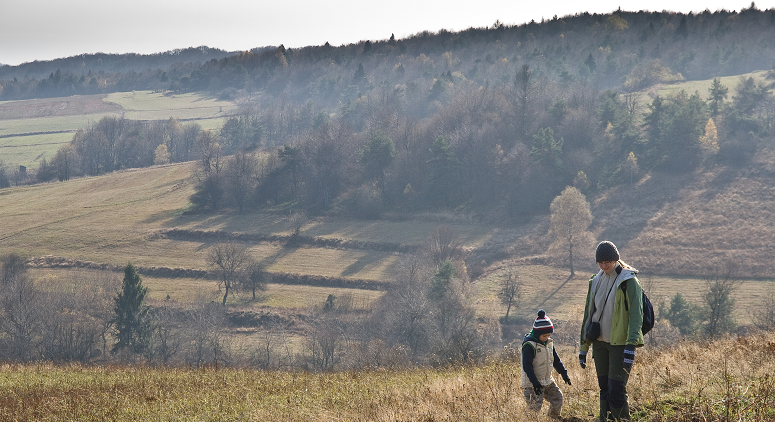
Our top 10 tips on how to be a good birdwatcher
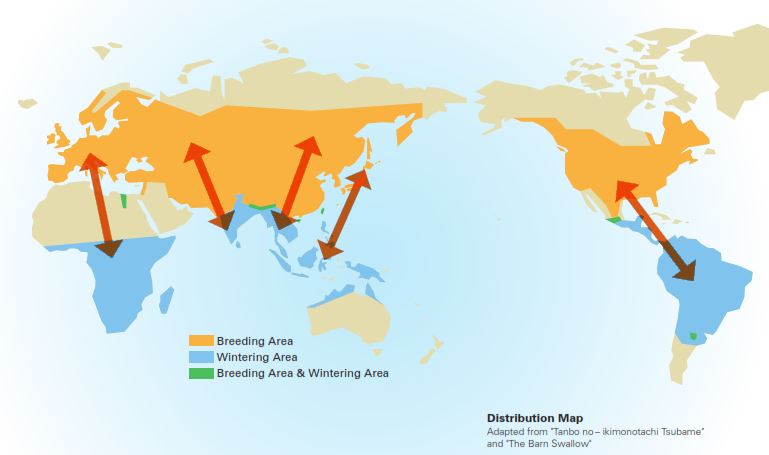
Barn Swallows are one of the most popular and familiar birds in the world. Let's meet them! :)
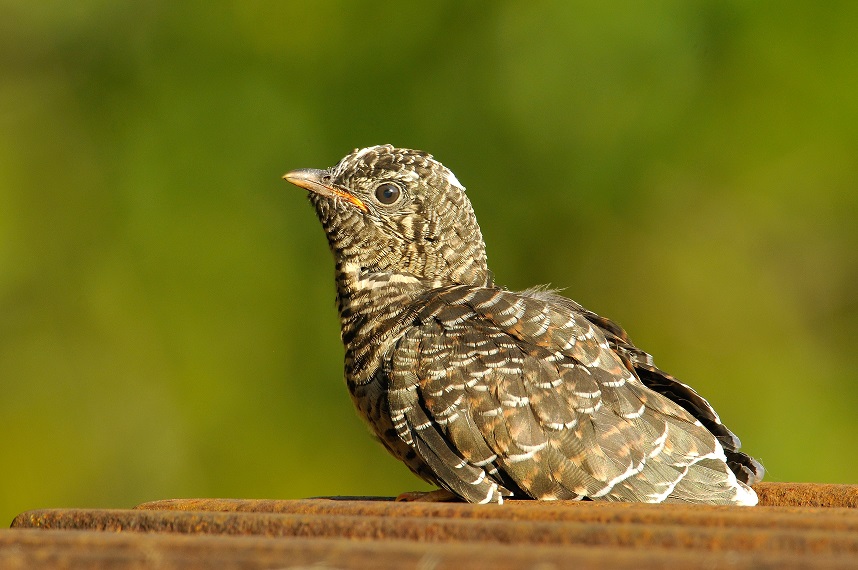
For example, children today are less likely to have heard the call of the Common Cuckoo than their parents, and much less likely than their grandparents.
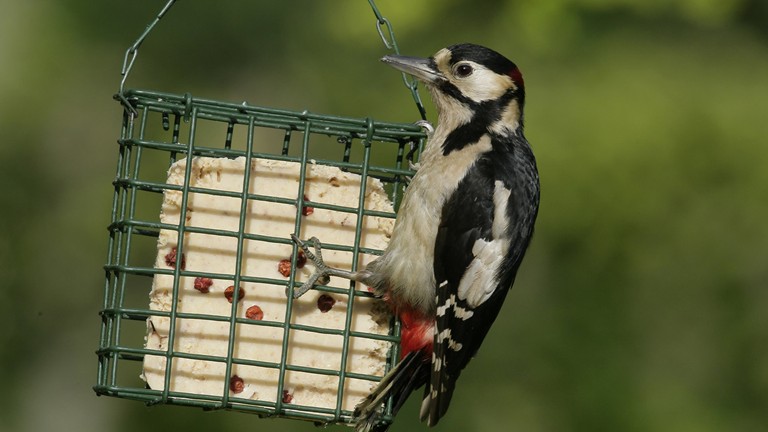
By putting out the right food at the right time of year, you can help your local birds get through times when natural food is short, and be fit and ready to breed in the spring.
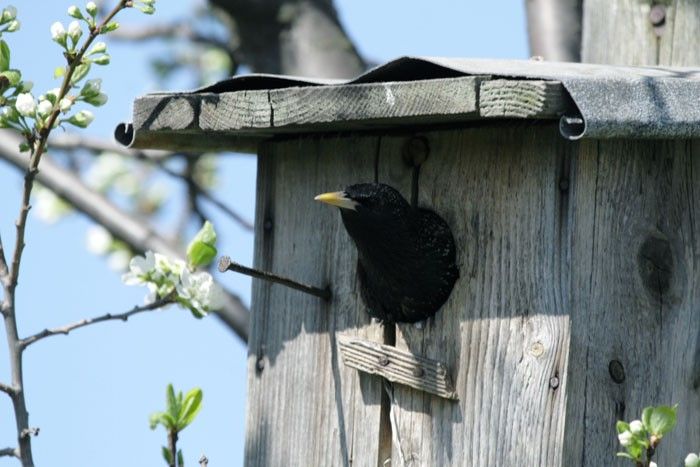
Make Spring come Alive in your garden or balcony each year!
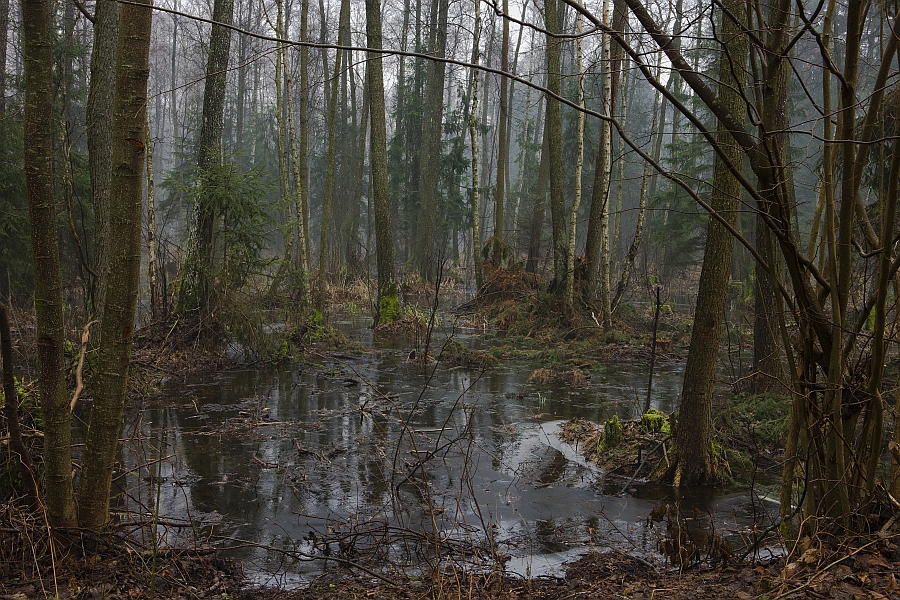
Are you worried about the damage being done to a local wildlife spot, but don't know what to do about it? Maybe you have a favourite place to enjoy nature and want to make sure it's protected?
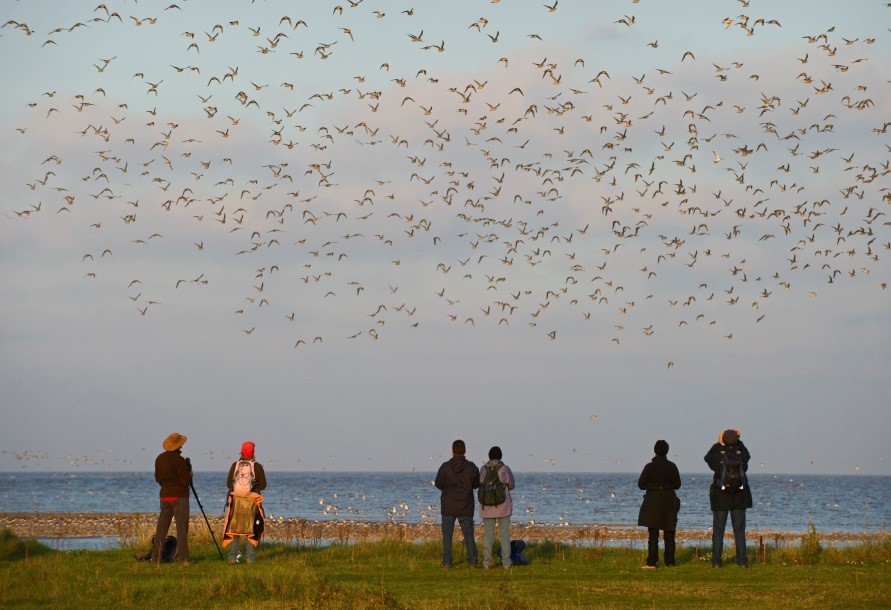
Citizen science beruht auf Beobachtungen von Menschen, die keine professionellen Wissenschaftler sind. Einige der größten Entdeckungen der Welt wurden von Menschen ohne offizielle wissenschaftliche Qualifikation oder Finanzierung gemacht
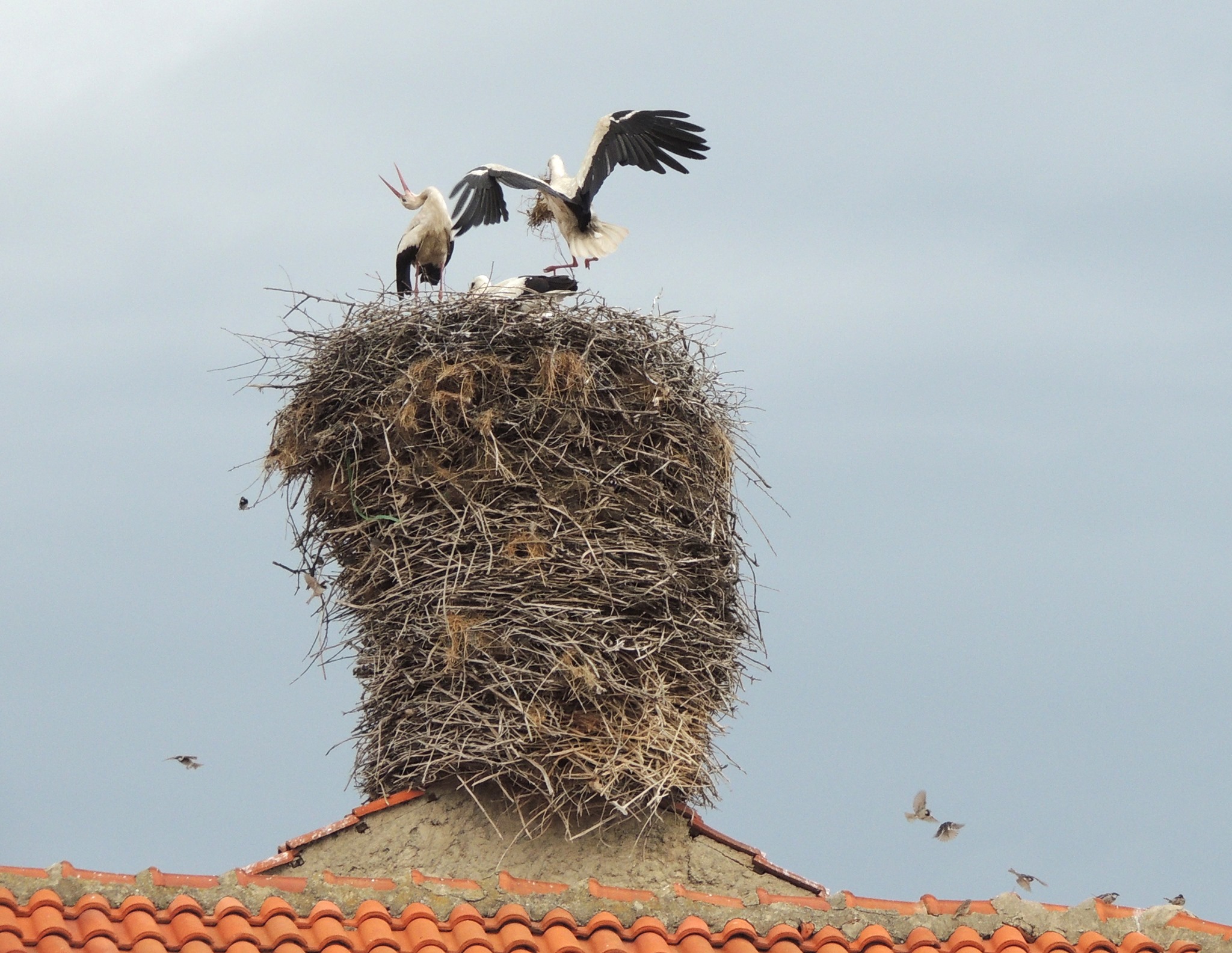
When storks are gathering materials for their nests, they may bring back various man-made objects, without realizing that they may be dangerous.
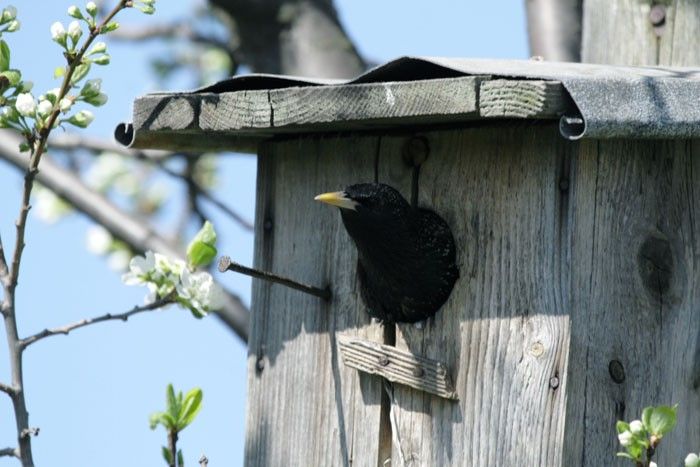
Many birds nest in holes. But modern forestry methods, and safety concerns in towns, mean that there are fewer old trees with hollows where birds can make their nests.
